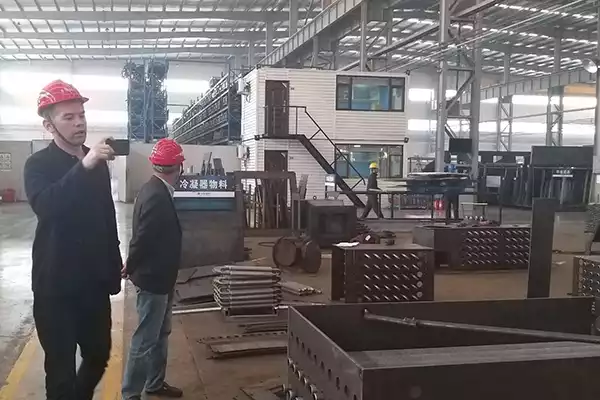
FangKuai 보일러 회사: Leading the Way in Energy-efficient Boiler Manufacturing >
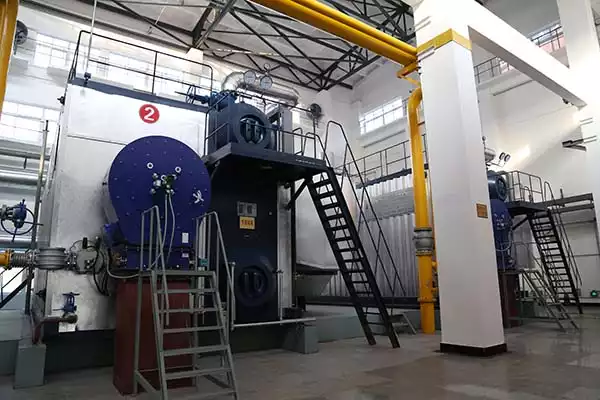
FangKuai Boiler Continues to Lead the Way in Energy-efficient Boiler Manufacturing >
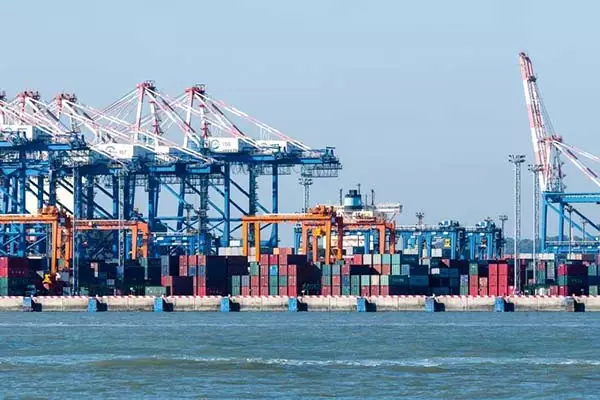
팡콰이 보일러: A Stable Development in the Overseas Market >
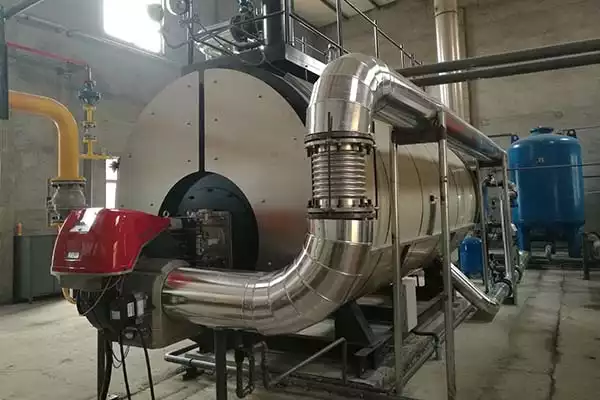
Boost Brewing Efficiency with Fangkuai Gas Boilers & Condensing Water Recovery >
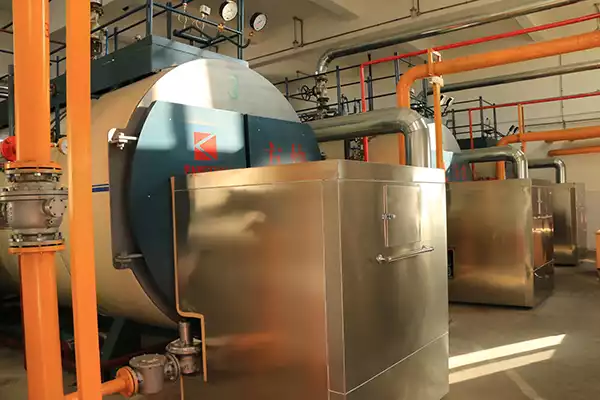
Empowering the Textile Industry in Bangladesh with Fangkuai Dual Fuel Boilers >
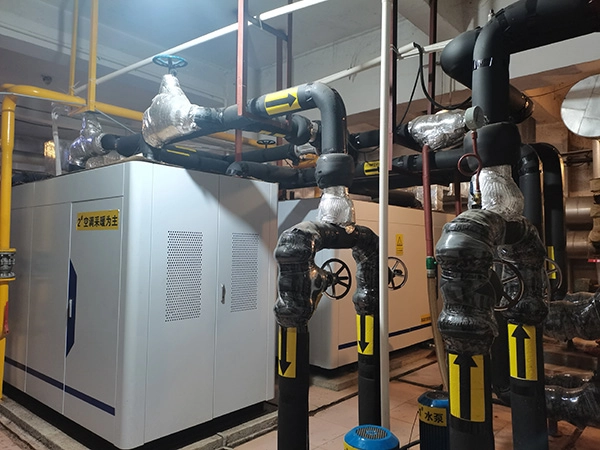
2023 Best Commercial Gas Boiler Prices >
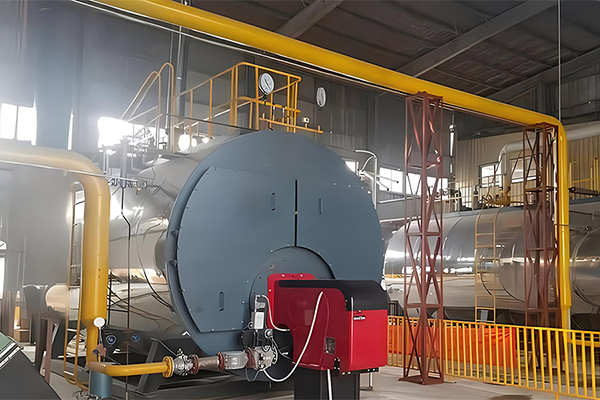
완전한 가이드 2 중소 공장용 톤 산업용 증기 보일러. 응용 프로그램 알아보기, 연료 옵션, 능률, 이익, 비용 요소, 올바른 보일러를 선택하는 방법.
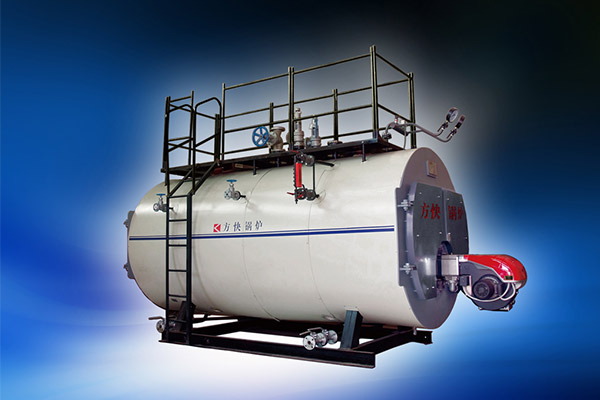
산업에 대한 완전한 가이드 6 톤 증기 보일러, 작동 원리를 포함하여, 주요 사양, 애플리케이션, 연료 옵션, 효율성 요인, 및 운영 비용. 옳은 것을 선택하는 방법을 배우십시오 6 귀하의 공장을 위한 톤 보일러.
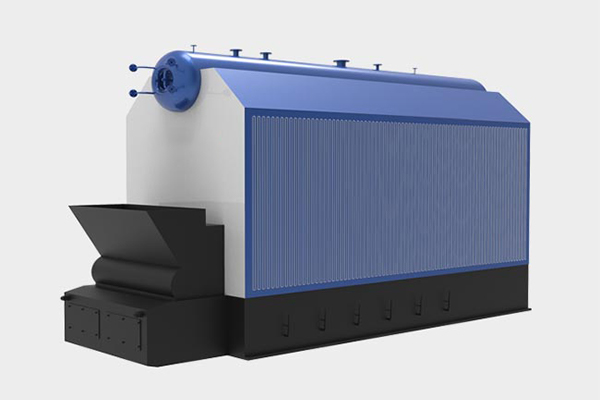
실제 바이오매스 보일러 비용을 알아보세요. 2025, 장비 가격 포함, 설치비, 연료 비용, 투자 회수 기간, 그리고 총비용 절감을 위한 전문가의 조언.
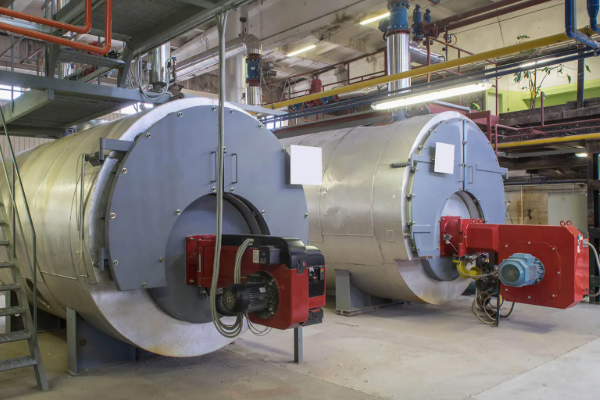
가스가 얼마나 오래 지속되는지 알아보십시오., 전기 같은, 그리고 기름보일러는 마지막. 보일러 수명에 영향을 미치는 주요 요소 알아보기, 유지 관리 팁, 어떤 유형이 최고의 가치와 내구성을 제공하는지.

폐유 보일러가 난방 비용을 절감하고 환경에 미치는 영향을 줄이는 방법을 알아보세요.. 폐유 버너의 작동 원리 알아보기, 그들의 이점, 가격, 이 전체 가이드의 설치 팁.
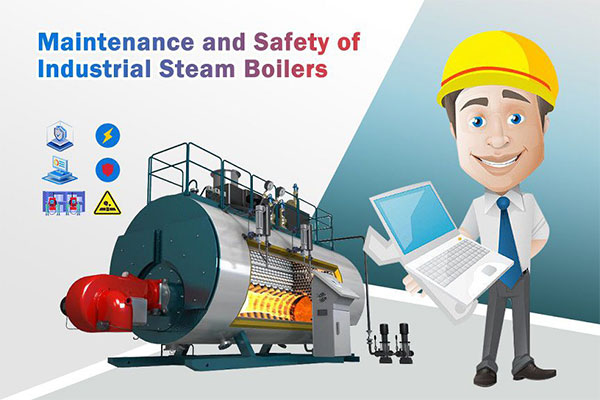
발견하다 10 효율성을 높이는 필수 증기 보일러 유지 관리 요령, 수명을 연장하다, 비용이 많이 드는 고장을 예방하고.

보일러 시스템은 많은 난방 및 산업 공정의 핵심입니다.. 주거용 주택에서 사용되는지 여부, 상업용 건물, 아니면 발전소, 열과 온수를 효율적으로 공급하는 데 중요한 역할을 합니다..
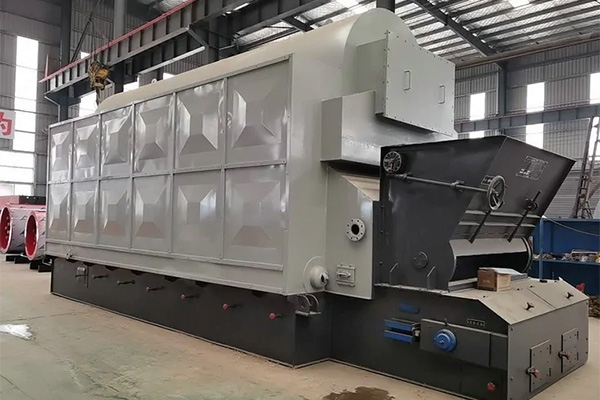
목재 증기 보일러의 작동 방식 알아보기, 그들의 환경적 이점, 종류, 선택 팁, 신뢰할 수 있는 유지 관리 및 안전 조언, 비용 효율적인 난방.
어떤 상황에서 가스 보일러를 종료해야합니다.?
일부 비상 사태 후, 가스 보일러 작동 중에 몇 가지 문제가있을 수 있습니다.. 보일러 연산자는 가스 보일러에주의를 기울여야합니다., 보일러 작동을 실시간으로 점검하십시오, 더 심각한 위험한 사고를 피하기 위해 필요한 경우 보일러를 중지하십시오..가스보일러의 부하가 갑자기 떨어지면 어떻게 해야 하나요??
가스보일러의 부하가 갑자기 떨어질 때, 보일러를 사용하는 기업 단위는 주의해야 합니다. 심각한 보일러 위험상황입니다, 다음과 같은 상황이 동반됩니다:가스 보일러 가동이 중단된 후 어떤 안전 조치를 취해야 합니까??
많은 가스 연소 보일러는 일년 내내 지속적으로 가동되지 않습니다.. 기업이 더 이상 생산을 하지 않거나 기타 사유로 운영되지 않는 경우, 보일러가 정지될 거야. 하지만, 보일러 가동이 중단된 후, 특정한 안전 조치를 취해야 합니다.. 그래서, 화학공장의 보일러가 정지된 후 어떤 안전조치를 취해야 합니까??가스 보일러의 연료 소비를 줄이는 방법?
가스 보일러의 연료 소비를 줄이는 방법? 가스 보일러의 경우, 연료를 절약하고 보일러의 열효율을 높이기 위해, 우리는 다음과 같은 측면에서 시작해야 합니다.보일러 증기압이 높을수록 더 잘 작동합니까??
낮은 증기 압력은 압력을 받는 부품의 안전과 낮은 에너지 소비에 도움이 됩니다.; 그러나 증기 품질은 상대적으로 좋지 않습니다., 낮은 열엔탈피와 높은 습도, 소독 요구 사항을 충족하기 어려울 수 있음, 살균, 경작, 난방, 그리고 발전.보일러 효율 공식:가스 보일러 효율을 계산하는 방법?
보일러 효율은 에너지 입력 대비 출력 에너지의 비율을 나타냅니다., 백분율로 표시. 효율성이 높을수록, 보일러가 연료를 열로 더 효과적으로 변환할수록. 최적의 효율성을 달성하면 수많은 이점이 있습니다., 에너지 소비 감소 포함, 낮은 공과금, 그리고 더 작은 탄소 발자국.가스 보일러 : 얼티밋 FAQ 가이드
가스 보일러 문제 해결: Get answers to common gas boiler issues in this helpful Q&A page. 보일러가 켜지지 않는 등의 문제에 대한 해결책을 찾아보세요, 온도 조절, 가스 누출, 점화 결함, 그리고 더. 가스 보일러를 원활하고 효율적으로 운영하기 위한 전문가 지침을 찾아보세요..Step-by-Step Guide to Oil Boiler Installation
Choose a suitable location for the oil boiler installation, ensuring there is enough space for the boiler, oil tank, and necessary piping. The location should be easily accessible for maintenance, well-ventilated, and comply with local building codes.
V우리 고객의 iew 리뷰
"Fangkuai의 증기 발생기는 소규모 비즈니스에 적합합니다.. 사용하기 매우 쉽고 최소한의 유지 보수가 필요합니다.. 또한 매우 에너지 효율적입니다, 에너지 비용을 절약하는 데 도움이 되었습니다.. Fangkuai의 고객 서비스도 훌륭합니다.. 그들은 매우 반응이 좋으며 항상 기꺼이 도와줍니다.. Fangkuai의 증기 발생기를 강력히 추천합니다."
아메드
이집트"Fangkuai의 증기 발생기는 우수합니다.. 그들은 사용하기 매우 쉽고 최소한의 유지 보수가 필요합니다.. Fangkuai의 고객 서비스도 탁월합니다.. 그들은 매우 반응이 좋으며 항상 기꺼이 도와줍니다.. 증기 발생기의 에너지 효율성도 뛰어납니다., 에너지 비용을 절약하는 데 도움이 되었습니다.. Fangkuai의 증기 발생기를 강력히 추천합니다."
마리아
스페인"우리는 수년 동안 화학 플랜트에 Fangkuai 열유 보일러를 사용해 왔으며 결코 우리를 실망시킨 적이 없습니다.. 보일러는 매우 내구성이 강하고 열악한 조건을 견딜 수 있습니다.. 또한 작동 및 유지 관리가 매우 쉽습니다., 유지 관리에 드는 시간과 비용을 절약할 수 있었습니다.. Fangkuai의 열유 보일러는 최고 수준이며 신뢰할 수 있는 난방 솔루션이 필요한 모든 사람에게 강력히 추천합니다."
장
중국"나는 Fangkuai의 온수 보일러의 품질에 깊은 인상을 받았습니다.. 지속되도록 제작되었으며 내 기대를 뛰어 넘었습니다.. 설치 과정도 매우 순조로웠고 고객 서비스도 훌륭했습니다.. 온수 보일러는 작동 및 유지 관리가 매우 쉽습니다., 그리고 에너지 효율성은 현저하다. Fangkuai의 온수 보일러를 적극 추천합니다."
잭
호주"우리는 수년 동안 화학 플랜트에 Fangkuai 열유 보일러를 사용해 왔으며 결코 우리를 실망시킨 적이 없습니다.. 보일러는 매우 내구성이 강하고 열악한 조건을 견딜 수 있습니다.. 또한 작동 및 유지 관리가 매우 쉽습니다., 유지 관리에 드는 시간과 비용을 절약할 수 있었습니다.. Fangkuai의 열유 보일러는 최고 수준이며 신뢰할 수 있는 난방 솔루션이 필요한 모든 사람에게 강력히 추천합니다."
장
중국"Fangkuai의 보조 장비는 내 보일러 시스템을 더욱 향상시켰습니다.. 장비의 품질은 탁월하고 가격은 매우 합리적입니다.. 이 장비는 보일러 시스템의 효율성과 성능을 개선하는 데 도움이 되었습니다., 이는 상당한 비용 절감으로 이어졌습니다.. 고품질 보일러 액세서리가 필요한 사람에게 Fangkuai의 보조 장비를 적극 권장합니다."
마리크
영국"Fangkuai의 증기 발생기는 소규모 비즈니스에 적합합니다.. 사용하기 매우 쉽고 최소한의 유지 보수가 필요합니다.. 또한 매우 에너지 효율적입니다, 에너지 비용을 절약하는 데 도움이 되었습니다.. Fangkuai의 고객 서비스도 훌륭합니다.. 그들은 매우 반응이 좋으며 항상 기꺼이 도와줍니다.. Fangkuai의 증기 발생기를 강력히 추천합니다."
아메드
이집트"Fangkuai의 보조 장비는 내 보일러 시스템을 더욱 향상시켰습니다.. 장비의 품질은 탁월하고 가격은 매우 합리적입니다.. 이 장비는 보일러 시스템의 효율성과 성능을 개선하는 데 도움이 되었습니다., 이는 상당한 비용 절감으로 이어졌습니다.. 고품질 보일러 액세서리가 필요한 사람에게 Fangkuai의 보조 장비를 적극 권장합니다."
마리크
영국"나는 Fangkuai의 온수 보일러의 품질에 깊은 인상을 받았습니다.. 지속되도록 제작되었으며 내 기대를 뛰어 넘었습니다.. 설치 과정도 매우 순조로웠고 고객 서비스도 훌륭했습니다.. 온수 보일러는 작동 및 유지 관리가 매우 쉽습니다., 그리고 에너지 효율성은 현저하다. Fangkuai의 온수 보일러를 적극 추천합니다."
잭
호주